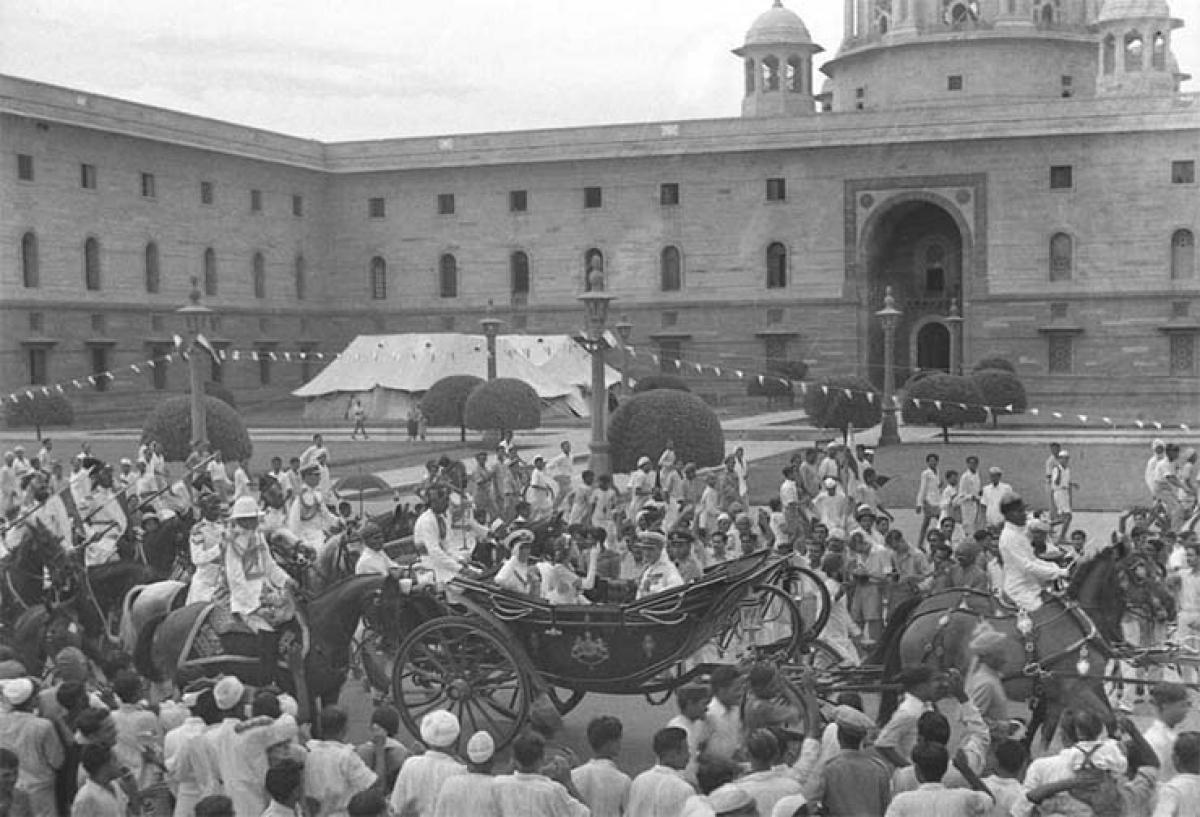India after Independence

Independent India can rightly be proud of its achievements. One of the most important achievements of post-independent India is the laying of a sound foundation for a secular and democratic republic. The parliamentary system of governance adopted since independence has stood the test of time and India is the largest parliamentary democracy in the world today.
Independent India can rightly be proud of its achievements. One of the most important achievements of post-independent India is the laying of a sound foundation for a secular and democratic republic. The parliamentary system of governance adopted since independence has stood the test of time and India is the largest parliamentary democracy in the world today.
Integration of the erstwhile princely states into the Indian union is another major achievement. The reorganisation of the states is still an ongoing process and new states and union territories are being formed as per needs and desire of the people. Economic planning has been introduced after independence to ensure the country’s economic growth with social justice.

As a result, India has made considerable progress in the sphere of economic development, particularly in the field of agriculture and agro based industries. India has also made commendable progress in the field of science and technology. In the high technology areas also India is fast catching up with the highly developed countries.
India’s voice is now heard with respect in international meetings because of the political and economic stability and diplomatic stature in the region. The issue of India becoming a permanent member of the UN Security Council is similarly gaining wide acceptance today.
Beginning of nationalistic movement
British imperialistic colonialism was the chief cause of India’s backwardness in every sphere. Indians were now coming to realise this truth. The peasants and the workers were the worst vicitims of British greed and apathy. The industrialists and the capitalists were also not satisfied with the British rule. The intelligentsia at this time played a significant role.
They were the first ones to realise the true nature of British rule in India. Their initial hope that the British would be benevolent rulers was shattered. Now they could see that the British were greedy and selfish, guided by sheer personal self-interest and that of Britain in general. By the 19th century all Indians were united in that, they had all realised they had a common enemy—the Britishers, who were out to destroy India for their own benefit.
The Britishers did help in bringing about administrative and economic unification of the country. They introduced the communication systems of railway, telegraph and post as well as developed roads and motor transport, which contributed to this unification. Western thought and education, which came to India with the British, helped in arousing the consciousness of the Indian people.
Modern ideas of democracy, humanism, nationalism and sovereignty of the people started guiding Indians towards nationalism.The press and literature played an equally important role in spreading nationalistic feelings. There were many patriotic writers who inspired the people with their writings. During the 19th century also came a revival of the ancient glory of India.
It was spearheaded by some enlightened Europeans, who studied India’s past and brought out its depth and glory. Some eminent educated Indians also contributed in this revival by spreading the awareness of it in the country. The racial arrogance and discrimination on the part of the British rulers in India, the agitation of the Britishers against the Ilbert Bill, Lord Lytton’s anti-India measures and the holding of the lavish British King’s Durbar in India when many Indians were dying due to famine —all led to the intensification of anti-British feelings among Indians.
All these became the reason for the spread of nationalistic feelings in the country during the 19th century. These feelings took the form of a nationalistic movement with the advent of the Indian National Congress, started by A.O. Hume in 1885. The history of the Indian National Congress became the history of the nationalist movement in India. The Congress did not achieve much politically during this period, that is, in the first 20 years of its inception.
But it did succeed in creating political awareness and a feeling of unity. This phase can be called an era of moderates in the national movement. The formation of the Muslim League is considered to be the first fruit of the British master strategy of ‘Divide and Rule’. The British were happy that they had succeeded in separating the 62 million Muslims from the Hindus. Thus arose the evil monster of communalism in our country.
The Home Rule Movement
The first World War broke out in 1914. The Congress decided to support the British. It was believed, especially by the Moderates, that the British would be obliged to grant freedom to India after the war. But it was soon realised that this hope would not be fulfilled as the war was being fought to retain colonies. Consequently, two Home Rule Leagues were set up during 1915-16. One was started by Tilak at Poona and the other by Annie Besant at Madras.
These Leagues aimed at the achievement of Swaraj or self-government. They gave the Indian nationalists a definite goal to achieve. The movement avoided violent or revolutionary methods. The Home Rule Leagues worked as auxiliary units of the Congress.














